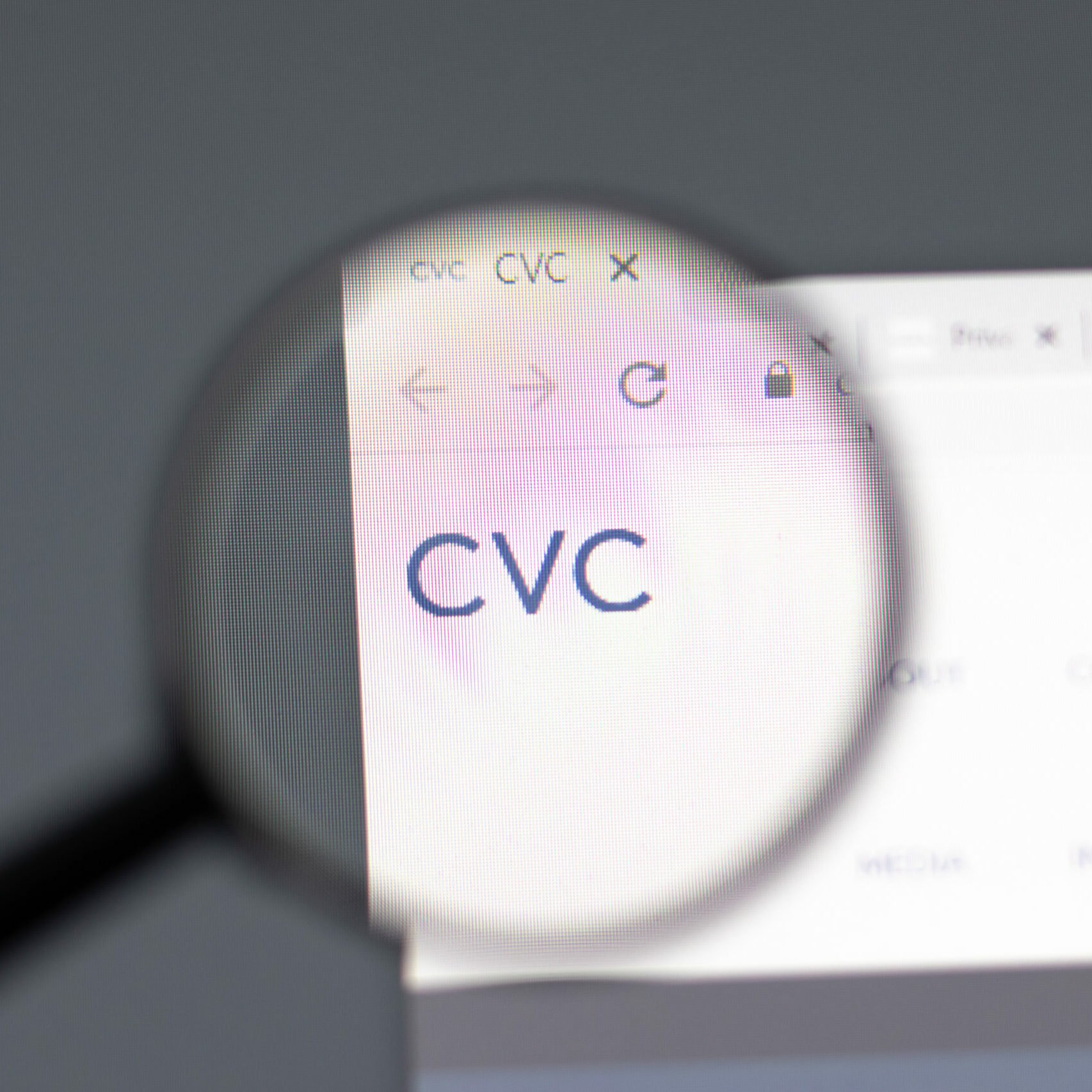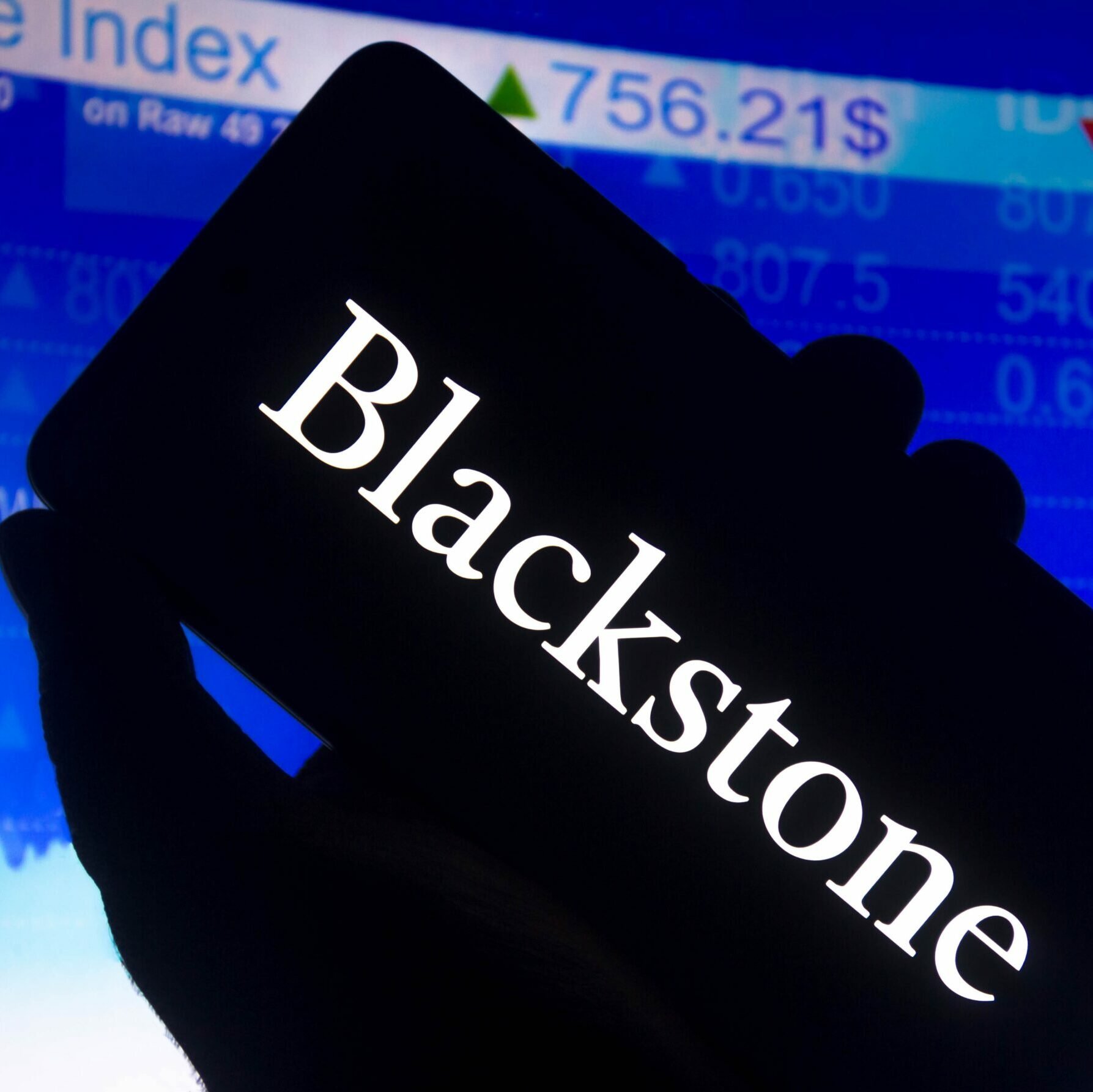By Paul Bryant – GPs and LPs are increasingly turning to the private equity secondary market, adding a new layer of sophistication…
Continued primary market growth in global private equity has led to greater demand for the liquidity provided by the secondary market. Global deal value exploded over the last decade from USD13 billion in 2009 to a projected 2019 value of between USD80 billion and USD90 billion, according to Coller Capital, a leading secondary investor.
Greenhill, a specialist adviser, reports that deal value in the first half of 2019 was 56 per cent up year-on-year, and exceeded the full-year deal value of 2016.
Jeffrey Keay (pictured), managing director at HarbourVest Partners, and chair of the firm’s secondary investment committee, says that 20 years ago, most LPs investing in secondary funds had a relationship with only one secondary manager, didn’t have an explicit secondary allocation, and were likely to consider the commitment as part of a ‘special situations’ bucket of a portfolio.
Not so today.
It is now common for LPs to have relationships with multiple secondary managers and to have a dedicated secondary allocation within their PE portfolios. Keay says: “It’s not a pivot away from primary to secondary, but the market has certainly come of age and it’s now far more common for investors to look for deliberate exposure to the secondary market as part of building a diversified portfolio.”
He also highlights a significant evolution: “For many years the market was driven by LPs offloading their stakes to other investors, with GPs often being the last to learn of the secondary transaction. Today, GPs are playing an increasing role, and ‘GP-led’ transactions now make up a separate category of deal. They are far more active and recognise that a secondary transaction can have multiple and material benefits for them, as well as their LPs.”
This has created a situation where both GPs and already-invested LPs are fuelling supply, with demand coming from more LPs looking for increased exposure to the secondary market, primarily via specialist secondary funds.
The rise of GP-led supply
Rune Munk, partner at Coller Capital, points out that three distinct waves of growth can be identified over the last decade.
The first, in the immediate aftermath of the financial crisis, mostly involved ‘zombie funds’ (funds left with underperforming assets held for longer than their scheduled holding period) offloading assets to the secondary market, usually at fire sale prices.
Munk says these types of deals seldom get concluded today.
The second wave was driven by primary fund structures not being aligned with the investment horizon of underlying assets. For closed-ended funds approaching the end of their lives, but holding high quality assets needing more time or money to maximise returns, it made sense to create continuation vehicles and hold these assets for longer, rather than selling them early at discounted prices.
As Munk says: “These types of transactions are still common today and can be attractive for the original LPs, GPs and new investors. The rationale is to make sure the structure supports the assets and provides liquidity optionality, as opposed to dictating sales of assets at suboptimal prices because of the fund structure.”
The third wave has seen GPs get even more granular with their strategies. Not only are they finding solutions for their entire funds when it makes sense to do so, but are identifying selected assets within a fund – which again typically need more time or money to reach their potential – and spinning them out into a new vehicle.
Existing LPs are then able to cash out within the original fund timetable, or stay invested, usually alongside new investors.
These waves illustrate an evolution that has seen a shift to quality in the secondary market. According to Coller Capital, in 2015, around three quarters of GP-led transactions were undertaken by GPs managing third and fourth quartile funds. In the first half of 2019, two thirds of GPs participating in secondary transactions were managing first or second quartile funds (typified by transactions described in waves two and three).
LP-led supply still strong
While the shift to GP-led transactions is the standout theme, LP-led transactions remain the largest part of the market and are also growing, albeit at a slower rate.
Munk says a clear trend is that LPs have become more proactive in their management of illiquid alternative assets. They are no longer sitting back as passive investors, but actively seeking out ways to restructure portfolios to match their longer-term investment strategies.
He also highlights an increasing sophistication of LP sellers who are becoming comfortable with complex solutions to meet their strategic needs and move them closer towards their ‘ideal’ balance sheet.
He says: “We now see few forced sellers. Our transactions are increasingly driven by a demand for tailored solutions that create value beyond just pricing. It’s a case of ‘if you can come up with a structure that improves my position and gets me to where I want to be long term, then I am interested. But if you are just offering me liquidity at a discounted price, then I don’t need to transact’.”
Keay says one of the most common triggers for LPs to turn to the secondary market is ‘manager consolidation’: “Over time, it’s not uncommon to find a hodgepodge of investment strategies that have resulted in too many manager relationships within an institution’s investment portfolio. Then, with a change of CIO, or a change in PE allocation set by the board, an institution might perform an assessment of the private market portfolio, and conclude it only needs say 50 manager relationships, but actually has 120.
“Twenty years ago, the way to solve that was to let those ‘non-core’ relationships self-liquidate. But that’s a long, slow process and can be demanding on internal resources from a monitoring standpoint. Today, the solution is to use the secondary market and simply divest the non-core relationships.”
Compelling case on the demand side
On the other side of these transactions, are LP buyers, attracted by a compelling investment proposition. Whereas investing into a primary fund is essentially done ‘blind’ (the LP does not know which assets the GP will invest in), a secondary investment is usually made into a mature fund, with full transparency into the underlying assets, and as such should be lower risk.
LPs will also avoid what Coller Capital calls the ‘J-curve effect’ of primary funds, when during the initial phases of a PE investment, the LP sees a period of negative returns as GPs draw capital for investments and management fees. An additional benefit is that a portfolio of secondary funds offers substantial diversification – by investment stage, geography, sector, and fund manager.
These LP buyers mostly channel their investments through specialist secondary funds. According to Greenhill, these accounted for 87 per cent of all purchases in the first half of 2019.
Looking ahead
Munk says that because the rationale for most transactions has become more strategic, the secondary market should remain much more robust through market cycles.
Keay does, however, identify a few potential cyclical events that might still manifest:
“There’s little doubt we are in a ‘full-valuation’ environment, so I think we are going to see more portfolios constructed with ‘downside protection’, comprising underlying assets that will perform best in a challenging economic environment. That’s an area where we are spending a lot of time at the moment.
“Also, when the market does go through some rocky times, there will be attractive opportunities for secondary buyers. When the public market portfolio of investors shrinks, they may need to create liquidity from their private market investments, and that will give the secondary market a boost.
“I wouldn’t be surprised if GP-led transactions reach 50 per cent or more of transaction volume in the next few years. And as the size of funds and deals in the primary market gets larger, the secondary market is also likely to see more larger transactions.”






